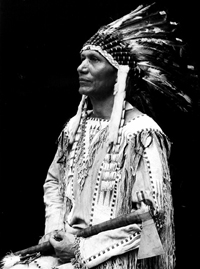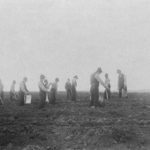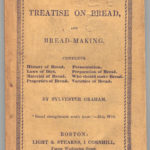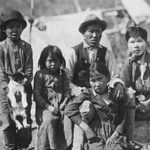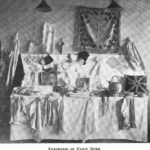The world was truly a different place when the Canton Asylum for Insane Indians first opened on the last day of 1902. Even something as simple as clothing was remarkably different from what we typically see and wear today. Men dressed far more formally and women were tied down (and sometimes literally weighted down) with voluminous dresses and hats. It was relatively easy to tell someone’s status or wealth through clothing, since differences in the quality of cloth were easy to spot.
Even people who shopped in stores for ready-to-wear clothing frequently had their outfits tailored to fit better, and one’s ability to keep clothes neat, clean, and free of wear and tear spoke loudly about his or her access to servants and/or services.
Clothing also indicated modesty and morality, since there was a clear demarcation between the clothing homemakers and businessmen wore and the flashy styles of showgirls, prostitutes, gamblers, and others who did not fit into traditional roles.

A Picture of What May Have Been the First American Fashion Show, Held in 1903 at the Ehrlich Bros. Dress Shop, courtesy gibsonglamor.blogspot
These aspects of fashion and clothing are a few of the reasons that whites focused so much attention on Native American clothing–it was completely different than anything the rest of society wore. Traditional native clothing made wearers stand out, and emphasized the gap between what the country’s original inhabitants had always worn and what had become mainstream through white encroachment.
To assimilate into white society–a federal goal–Native Americans had to adopt “citizen” (the white norm) clothing as an important first step. It is no wonder that the clothing issue became bigger than it perhaps should have been; in that era, clothing symbolized much more than protection from the elements or mere decorative changes in adornment.
